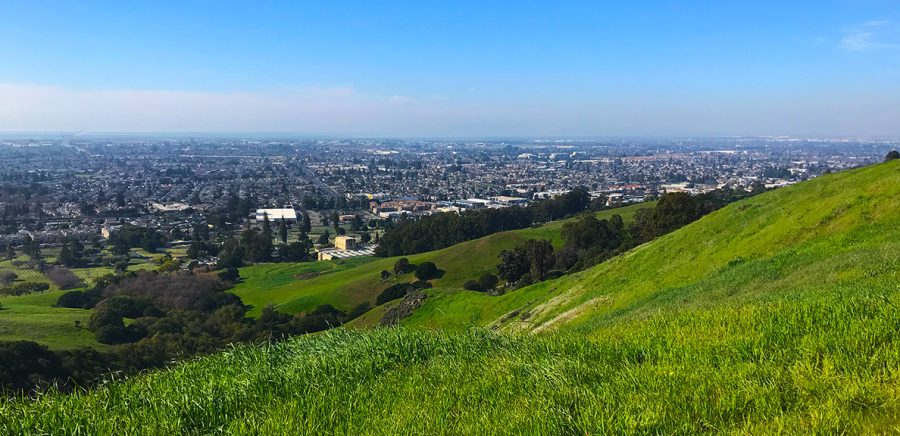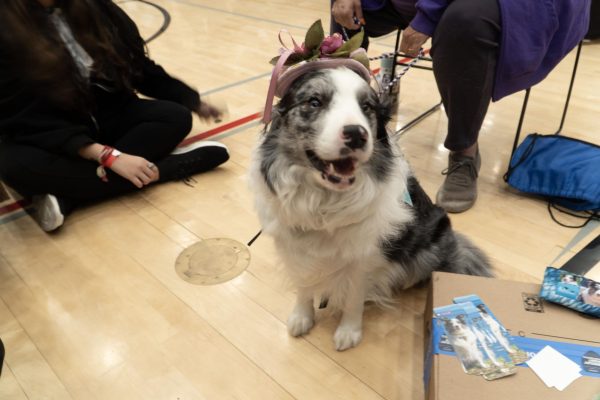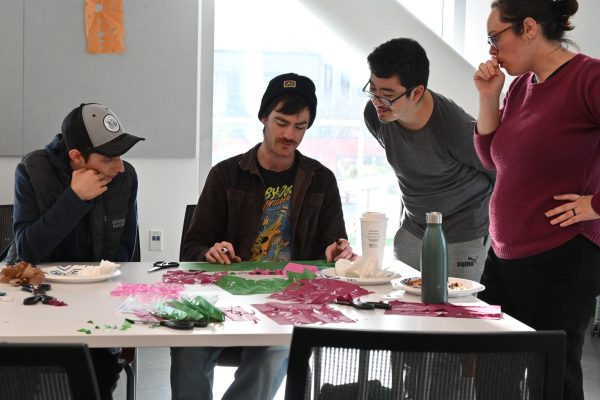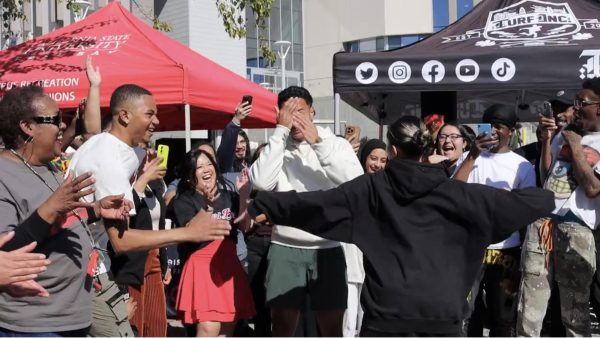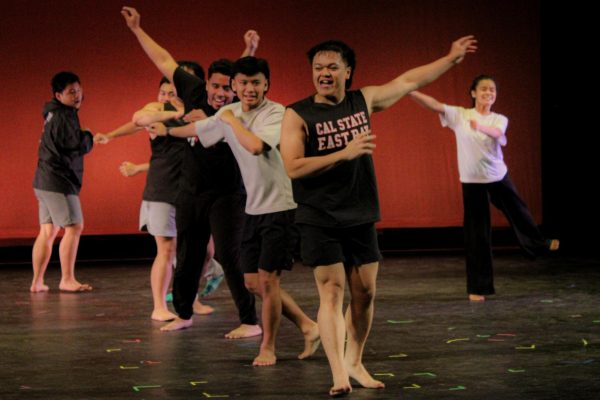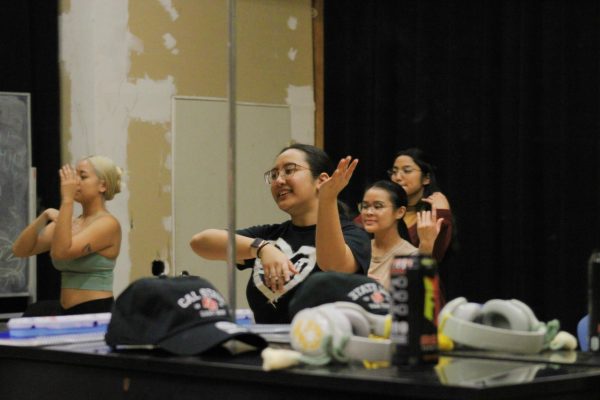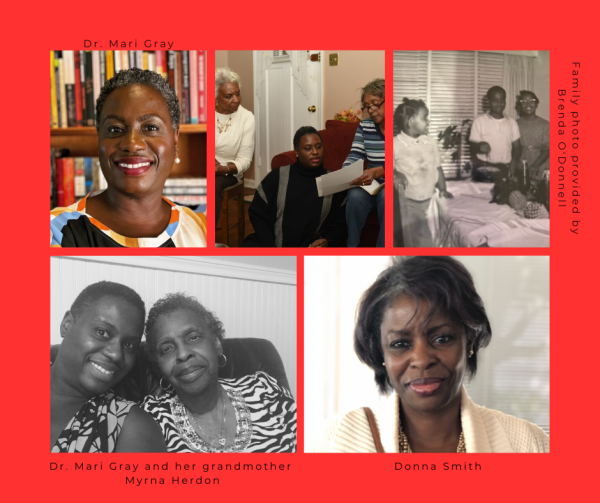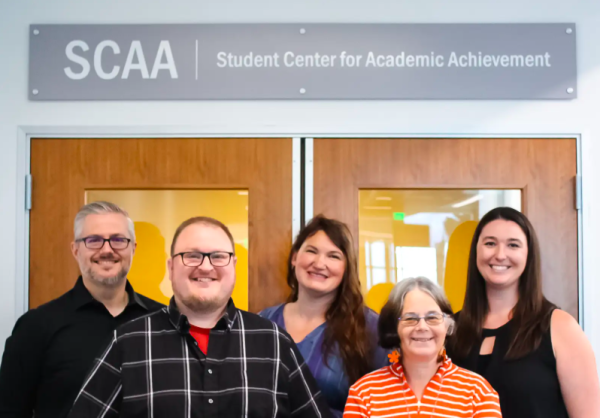The First Tribal Liaison Office in the Nation
Cal State East Bay is the first school to establish a tribal liaison.
California State University, East Bay established the first Tribal Liaison Office in an academic setting on Feb. 15.
Appointed by President Cathy Sandeen, Dr. Enrique Salmon, an Ethnic Studies Professor at CSUEB, is the first Tribal Liaison. Previously, the Pioneer published an article focused on creating the office as a space for the local Muwekma Ohlone people to fight for recognition from the federal government and have a recognized center of administration.
Salmon now is responsible for being the liaison between the Muwekma Ohlone people and CSUEB. This means seeing the land acknowledgment of CSUEB being recognized as the first step in a long process.
When asked, Salmon expressed that he is excited to “play a direct role in bringing attention to the CSUEB community that, first, there are still indigenous Californians living in the Bay Area and that they are a thriving community.” As well as the role “that indigenous People in California and elsewhere” have in the story of California, adding he is “excited to finally help to finalize the repatriation of the ancestors to our local indigenous communities.”
Salmon also wishes to use his position to help change how “we define and quantify indigeneity,” as currently, some Indigenous identifying students cannot express this fully.
He wants to help in “establishing an Indigenous students club or similar student-led organization.” This would help expand the way East Bay defines the Indigenous community and express the reality that there are more indigenous students than we currently define.
Salmon also expressed that there have been some difficulties in establishing this office, in particular, because of the “long history of distrust, confusion, and broken promises that has to be unwrapped and brought to the open.”
He mentions that even though he is a member of an indigenous community, his affiliation with a state-funded school creates a significant barrier between himself and the local indigenous communities.
However, he believes that once this has been fully acknowledged, communication with indigenous communities will be easier.
Finally, Salmon wanted to ensure that credit is given where it is due. He wanted to acknowledge that President Morishita began this process, and President Sandeen has expanded this project to what it is now.
This, coupled with the Indigenous Acknowledgement Collective, brought into focus “the need to not only acknowledge the presence of local indigenous communities and to repatriate their ancestors, but also that we must develop an equal relationship with local indigenous communities.”


